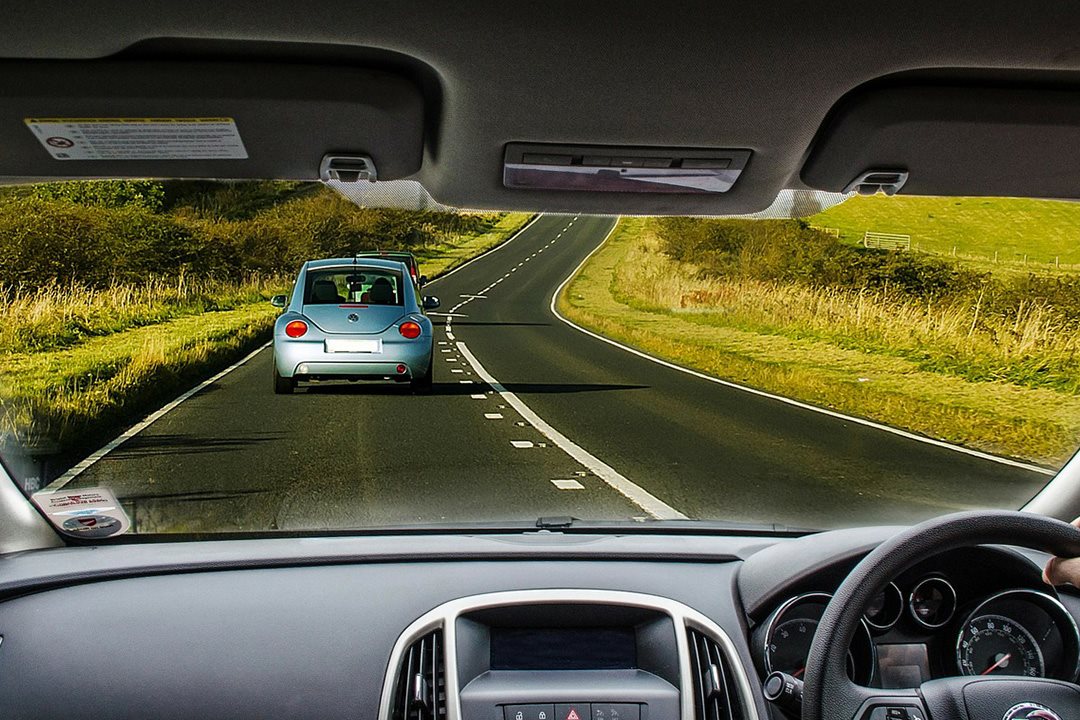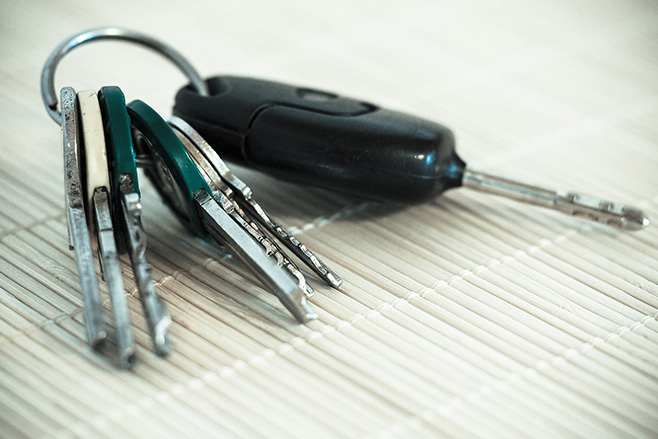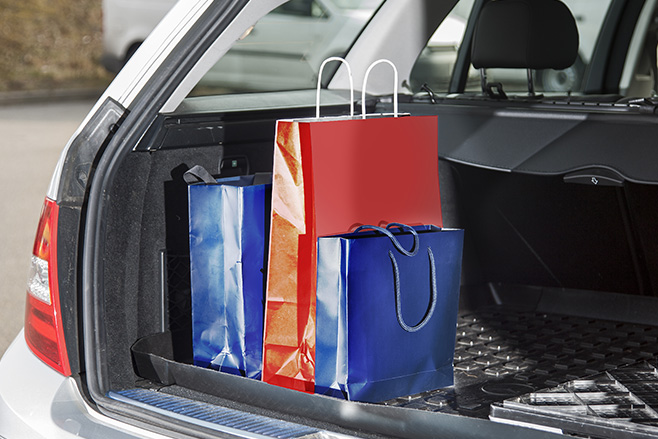
Most sane people don’t propose to someone they’ve known for five minutes, nor are they likely to buy a house if only given time to run, flat out, from front door to back fence.
So why is it considered normal, and even sensible, behaviour to buy something as expensive, and important, as a car based on an almost unsettlingly brief “test drive” around a block or two, with a keen seller riding a shouty shotgun?
The fact is, cars are expensive – your third most costly purchase after a spouse and a house – and you’re going to be spending a lot of time together, so you really should make sure you’re happy before handing over your hard-earned.
To do so, you should demand more from your test drive.

TAKE THE LONG WAY HOME
Remember that you are the customer and thus you are always within your rights to ask for anything you like, and quite often a motivated seller will go a long way to make you happy.
When test driving at a dealership, the salesman will tend to come with you and point out a route that’s exceedingly brief and will follow a path that runs on smooth, open roads in an effort to showcase the car in its best light.

There are a number of ways around this, like turning up with a carload of passengers.
If the salesman insists on going with you, simply request to take your own drive route, one that puts the car through a more rigorous exam. And feel free to ask them for some quiet in the car, so you can listen for squeaks and rattles.
Some car dealerships offer an alternative to the standard test drive, such as overnight, weekend or even week–long loans of their demonstrators.
These initiatives are often manufacturer-backed, so they might not be available at every dealership, but it never hurts to ask.
The benefits are obvious; it’s an extended experience with the car, and a chance to get to know it in a low-pressure situation.
You’ll be able to choose the roads and testing parameters and make a more confident decision. If you’re buying a sports car, take it down your favourite section of twisties, and see how much it makes you smile.
If it’s going to be a commuter, take it on your drive to work and see if it can wipe the frown of frustration off your face.

And if it’s a family car, bring your brood along with you for the test drive, even if it is a restricted one. Only by jamming them all in there can you see if they’re actually going to be comfortable, and they might well spot problems you could miss – a lack of air vents in the rear will bother the passengers in the back more than you, for example.
If you have small children, bring your car seats in and test them out as well. A car with a good hip height for lifting toddlers in and out can save a lot of back ache in the long run.
WHAT EXACTLY ARE YOU TESTING?
For all cars, old or new, you should thoroughly test the things that will matter in day-to-day driving.
You’ll want to know how well you can see out of and around the car, the size of your blind spots and whether the reversing camera is actually any use. “Visibility” is often a huge selling point, particularly for female buyers, so have a good sit in the car before you even head off.
Obviously, even if you’re not a frustrated racing–car driver, you’ll also want to test out the acceleration – can it go up steep hills, with people on board, without running out of puff – and the braking, as well as how it corners and how it cruises at various speeds.
What are the wind and road noise like, because while they might not bother you over five minutes, they could drive you spare over five years.
Some cars also have deceptively large turning circles, which can turn multi-story shopping-centre visits into torture tests, so it’s worth taking it through a carpark. Hitting the speed bumps here will also test how sharp the suspension is.
With the advent of media systems, adaptive cruise control and active safety systems, there could be a lot to familiarise yourself with. Just because they sound good in the brochure won’t mean that start/stop or lane assist won’t become annoyances.

Some start/stop systems are smooth to the point of imperceptible, while others will rattle your very will to live, and if it’s an expensive option, ask yourself whether you’ll actually use active cruise control very often.
Newer cars really shouldn’t squeak, rattle or groan at all. Buzzes from the dash or poor bits of fit and finish should be noted carefully.
If you have golf bags, prams, kennels, kayaks, jousting sticks or Edwardian furniture to lug around on a regular basis, make sure it’s going to fit.
Opening the boot of a car and looking at the space is pointless; you really need to pack a few familiar items in there to see how much it will swallow, and taking your test car home is the best way to do this.

The longer you spend in a car in one sitting, the easier it is to find out how comfortable it is.
Almost all cabins are okay for a 20-minute jaunt around the suburbs, but their ergonomic shortcomings really begin to manifest after a couple of hours in the seats.
The most important thing to remember is to take your time, relax and go over every part of the car with a fine-tooth comb. Fiddle with everything until you understand how it works and ensure that it’s not going to be annoying – or heartbreaking – down the road.
Many manufacturers also run product familiarisation and drive days; it’s usually just a case of registering your interest with the company in question.
GOING SECOND-HAND?
Test driving a new car is one thing, but buying second-hand means becoming an automotive sleuth, looking for worn or broken components.
If possible, compare the used car you’re looking at with the best example of its breed you can find, so you can see what it’s supposed to feel like, and measure how much has changed.
A private seller is unlikely to let you take his or her car home for the weekend, so you really need to make the most out of the test-drive time you do get. Remember you can always hire a professional vehicle inspector to put your mind more at ease.
COMPARE AND CONTRAST
There’s a reason car magazines love doing comparison tests so much. Stepping out of one car into another really highlights the strengths and faults of each, so when you are on the hunt for a new vehicle, be sure to test drive as many different ones as you can, including multiple versions of the choice you think you’ve got your heart set on, and competitors within that segment.
Remember, the test drive is your one chance to fall in or out of love with this new member of your family. Take your time, and make the most of it.



